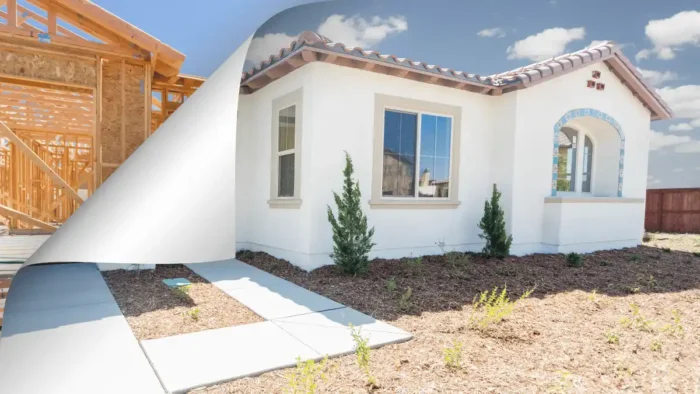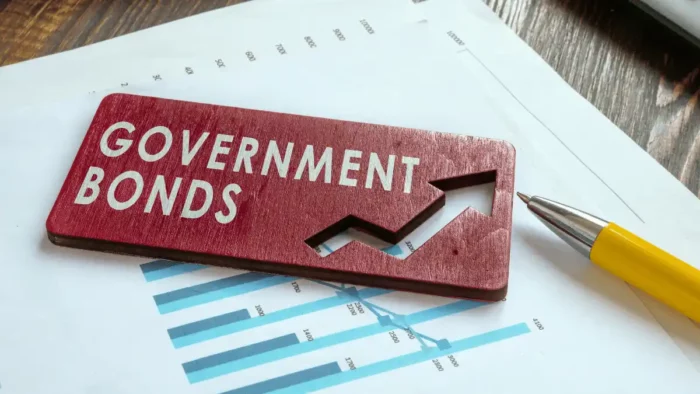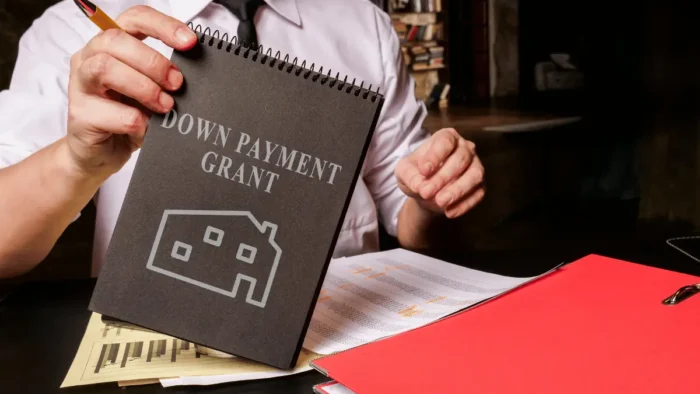House-flipping is one of the most popular real estate investment strategies today. It involves buying a property at a lower price, renovating or upgrading it, and then selling it for a profit. This strategy can be lucrative but comes with its fair share of risks and challenges.
This guide will take you through all the steps to flip a house successfully. From finding the right property to renovating and selling it, we will cover everything you need to know to maximize your investment. Whether you are an experienced real estate investor or someone looking to try their hand at flipping houses, this guide is for you. Let’s get started.
Research and Analyze the Real Estate Market
One of the most crucial steps to house-flipping success is thoroughly researching and analyzing the real estate market. This involves studying current trends, prices, and demand in the area you plan to invest in. Understanding the potential risks and challenges of flipping properties in a particular market is essential.
By conducting thorough research and analysis, you can decide which properties to invest in and how much to pay for them. This will help you avoid overpaying for a property or investing in an area that may yield insignificant profits. Additionally, staying updated on market trends can give you a competitive edge when selling your flipped property.
Work With Home Buyers
Collaborating with home buyers is a great way to ensure the success of your house-flipping venture. These individuals or companies, often called “fix-and-flip” investors, specialize in buying properties for renovation and resale. For instance, as the team behind SellMyHouseFastSATX highlighted, working with home buyers in San Antonio can help you avoid the hassle of listing your property on the market and waiting for a buyer. Instead, these investors offer quick cash sales, allowing you to close the deal and move on to your next project faster.
Moreover, home buyers have experience in identifying properties with potential and can provide valuable insights into the local market. This can be especially helpful for novice houseflippers still learning the ropes.
Create a Solid Budget and Stick to It
Flipping houses can be expensive, and it’s crucial to create a solid budget early on and stick to it. This involves estimating all the costs involved, including purchasing the property, renovation expenses, holding costs such as taxes and utilities, and selling costs. It’s essential to be realistic and account for unexpected expenses during renovation.
Furthermore, sticking to your budget can help avoid overspending and potentially affecting your profits. Regularly reviewing your expenses and adjusting your budget as needed can also ensure that you stay on track throughout the house-flipping process.
Find the Right Property at the Right Price
The success of your house-flipping venture greatly depends on finding the right property at the right price. This involves thorough research and analysis and a good understanding of your target market and their preferences.
Some key factors to consider when searching for a property include location, condition, potential for renovation, and potential resale value. It’s also important to clearly understand your budget and stick to it when making an offer on a property.
Remember, the goal is to find a property you can purchase at a lower price and renovate to increase its value significantly. This will ensure that you make a profit when selling the flipped property.

Invest in Quality Renovations and Upgrades
Renovations and upgrades play a crucial role in flipping houses successfully. Investing in high-quality materials and skilled labor is essential to ensure the final product is attractive, functional, and meets market demands.
Create a detailed renovation plan based on your budget and target market preferences. Prioritize renovations that will add the most value to the property and keep the property from over-upgrading in areas that may yield insignificant returns.
Additionally, consider incorporating some desirable features, such as energy-efficient appliances or smart home technology, which can appeal to potential buyers and increase the resale value of your property.
Market Your Flipped Property Effectively
Finally, effective marketing is critical to selling your flipped property quickly and for a significant profit. Start by creating high-quality, professional photos of the property to use in listings and promotional materials.
Next, use various marketing channels such as social media, online listings, and real estate websites to reach potential buyers. Consider working with a real estate agent or home staging company to present your property in the best light.
Additionally, consider hosting open houses or scheduling private showings for interested buyers. The more exposure your property gets, the higher the chances of finding a buyer quickly and selling at a desirable price.
Conclusion
House-flipping can be a lucrative and exciting investment opportunity if done right. Following these six essential tips can increase your chances of success and avoid common pitfalls in house-flipping. Remember to research and analyze the real estate market thoroughly, work with home buyers, create a solid budget and stick to it, find the right property at the right price, invest in quality renovations and upgrades, and market your flipped property effectively. With the proper knowledge, strategy, and luck, you can turn a rundown property into a profitable investment in no time.





